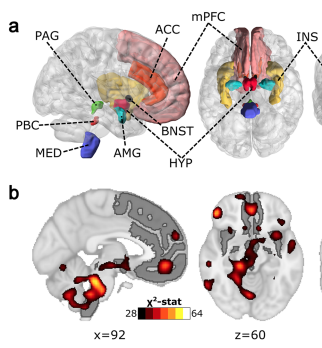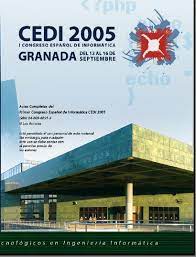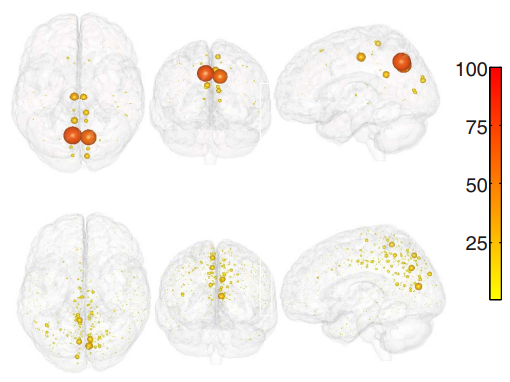Geraldine Rodríguez-Nieto, Caroline Seer, Hamed Zivari Adab, Antonio Jiménez-Marín, Sima Chalavi, Amirhossein Rasooli, Jesus M. Cortes, Stefan Sunaert, Stephan P. Swinnen. Efficiency of Structural Brain Networks Mediates Age-Associated Differences in Executive Functioning in Older Adults. Frontiers in Aging Neuroscience, 2025. [pdf]
Abstract
Older age is associated with alterations in executive functioning (EF). Age-related alterations in the integrity of structural brain networks may contribute to EF decline, with potential consequences for independent living. Graph theory provides powerful metrics to examine the brain’s structural connectome, but few studies have investigated the relationship of EF and structural brain networks, as described by graph-theoretical measures, in older adults. We aimed to investigate the mediatory role of network characteristics for the relationship between age and EF in older adults. Eighty-four older adults completed a battery of EF tasks to allow for the extraction of a latent Common-EF factor. White-matter tractograms were generated from diffusion neuroimaging using anatomically-constrained tractography (ACT) and sphericaldeconvolution informed filtering of tractograms (SIFT2). From the resulting networks, global efficiency (reflecting integration) as well as local efficiency (reflecting segregation) were calculated. Older age was associated with worse EF and decreased global and local efficiency.Both global and local efficiency were positively correlated with EF. Local efficiency mediated the negative correlation of age and EF, whereas no such relationship was found for global efficiency. Further regional efficiency analyses identified the nodes that contributed to the mediation effect of local efficiency. These results shed light on the shared variability among the integrity of structural brain networks and EF at older age. A causal role of a reduced segregation in structural brain networks to support EF in older adults remains to be determined but would bear promising potential for preserving EF during aging.





